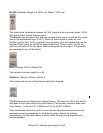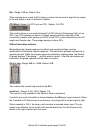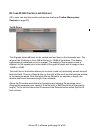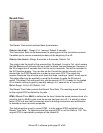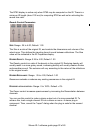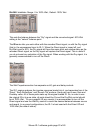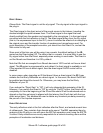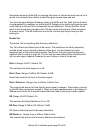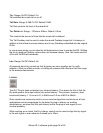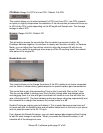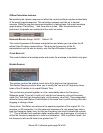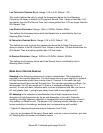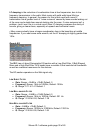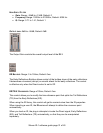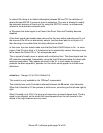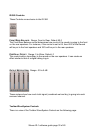
T
AIL: Range: On/Off; Default: On
Tail switches the reverb tail on or off.
Tail Gain: Range: 0.0dB To Off; Default 0.0dB
Tail Gain controls the level of the reverb tail.
T
AIL PREDELAY: Range: -100ms to 500ms; Default: 0.0ms
This controls the amount of time that the reverb tail is delayed.
The Tail Predelay can be used to make the reverb Predelay longer but it is always in
addition to the inherent process latency and to any Predelay embedded into the original
IR file.
In non-reverse mode you can take the tail backwards in time to overlap the ER. Shifting
the tail to negative Predelay values does not increase latency. Also, link mode must be
off to shift the ER tail backwards.
L
INK: Range: On/Off; Default: On
All elements have link controls so that all gains can move together as if in multi-
selection. When an offset is made, re-linking will preserve the offset and limit the range
to the extreme denominator.
L
ATENCY:
The IR-1 Plug-In does not declare any inherent latency. The reason for this is that the
Dry path goes to the output without any actual latency. The process, however, does
have some latency: 11.6 ms at 44.1 to 48kHz and 5.3 ms at 88.2 to 96kHz.
Since reverbs are commonly used in an aux send configuration and since not all host
applications cannot compensate for the delay for plug-in latency on auxiliary
sends/returns, we show the Wet path latency within the plug-in and regard it as a
nominal predelay.
When working as an insert, the Dry Latency control can be used to align the dry signal
to the wet signal or even advance it ahead up to 30ms.
Waves IR-1 software guide page 26 of 40



